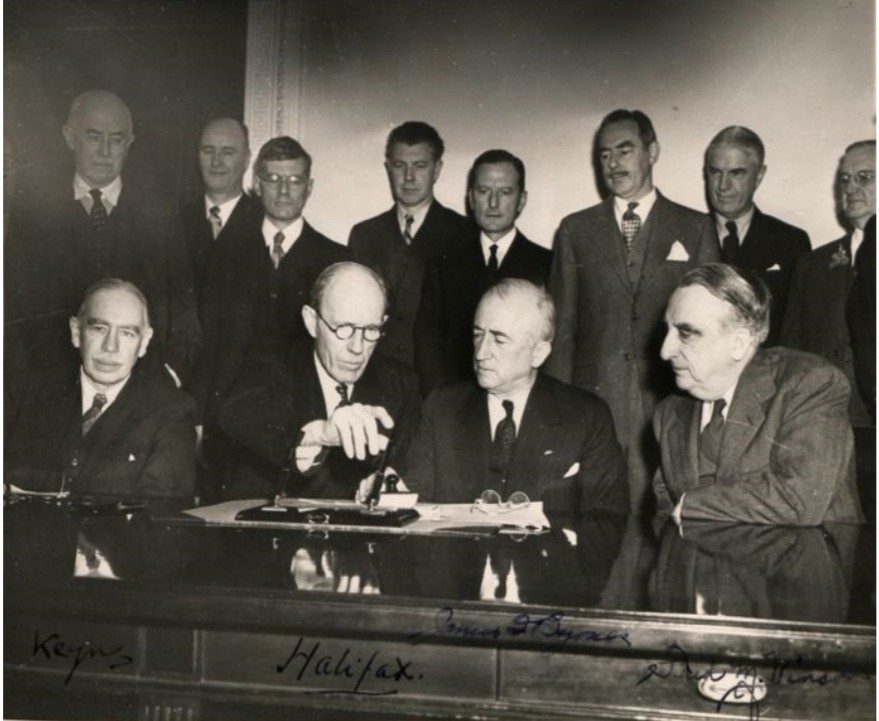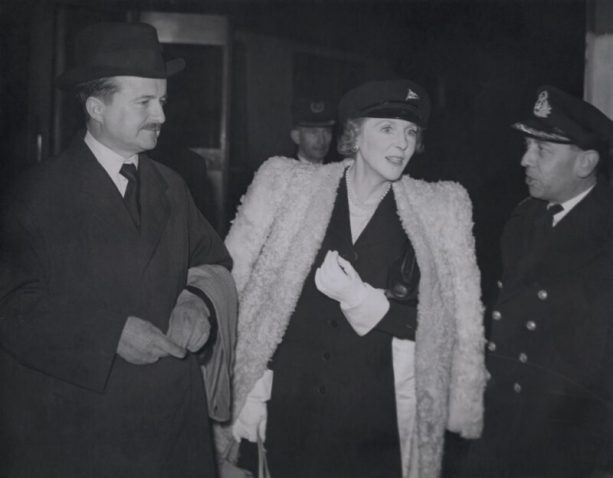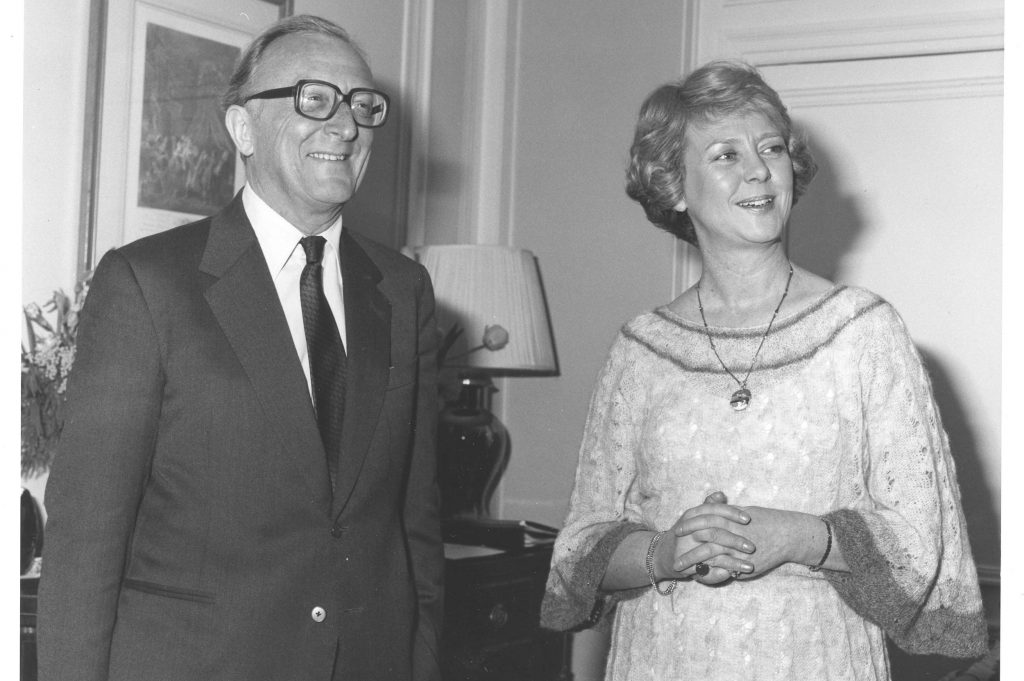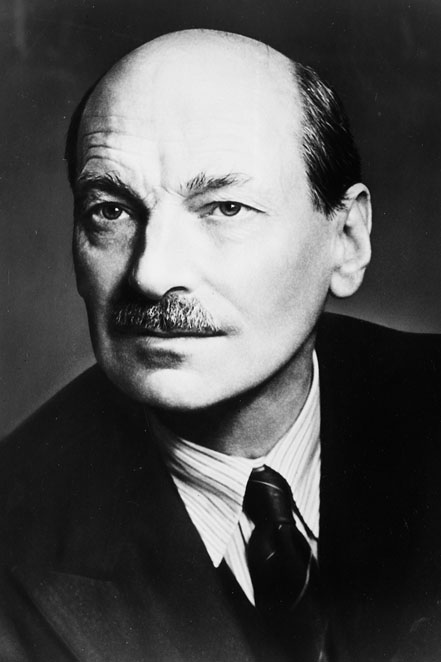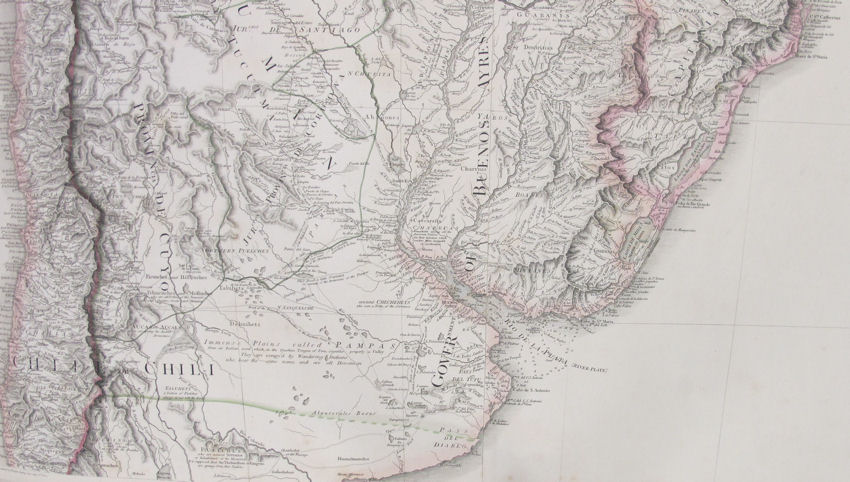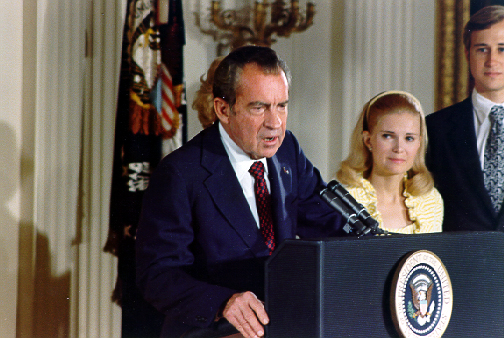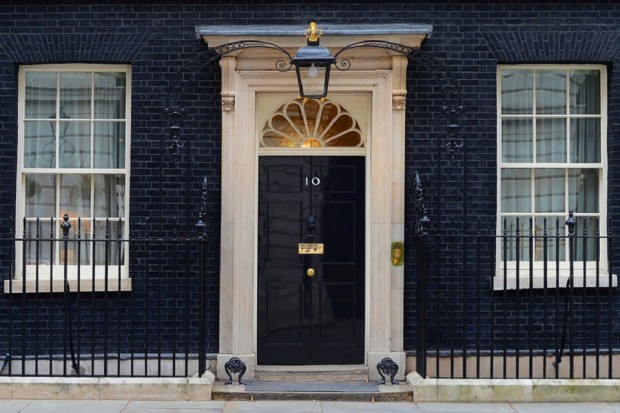The American Congress and the American people have never accepted any literal principle of equal sacrifice, financial or otherwise, between all the allied participants. Indeed, have we ourselves? Lord Keynes, defending the Agreement in the House of Lords, 18 December …
On 13 September 1944 a Dakota aircraft, with an escort of 45 Spitfires, flew across the English Channel towards Paris. The plane carried the new British Ambassador to France, Alfred ‘Duff’ Cooper, with the mission to re-establish a British presence in the newly liberated French capital.
With a flurry of diplomatic activity in the first 3 days of September 1939, was the Second World War inevitable?
Today is the memorial service for the former foreign secretary Lord (Peter) Carrington, who died July 2018 aged 99. We remember a life-time of his public service and his time as foreign secretary.
Sir Norman Brook’s report on the ‘Secret Intelligence and Security Services’ is an important document for understanding the state of Britain’s intelligence and security machinery at the start of the Cold War. Finished in 1951, this wide-ranging review of the …
The independence of many South American countries from Spanish and Portuguese rule followed uprisings and wars from 1806 to the mid-1820s. British diplomacy in the independence of South America was, generally, about trade. Britain was an ally with Portugal and …
‘The most powerful government ever to fall as a result of American covert action was the administration of Richard Nixon’ Christopher Andrew, For The President’s Eyes Only
Modern technology means that today’s politicians remain contactable, even when on holiday. Constant access to digital communications can be a mixed blessing but, in the event of a crisis, the public can rest assured that holidays can be interrupted and …
